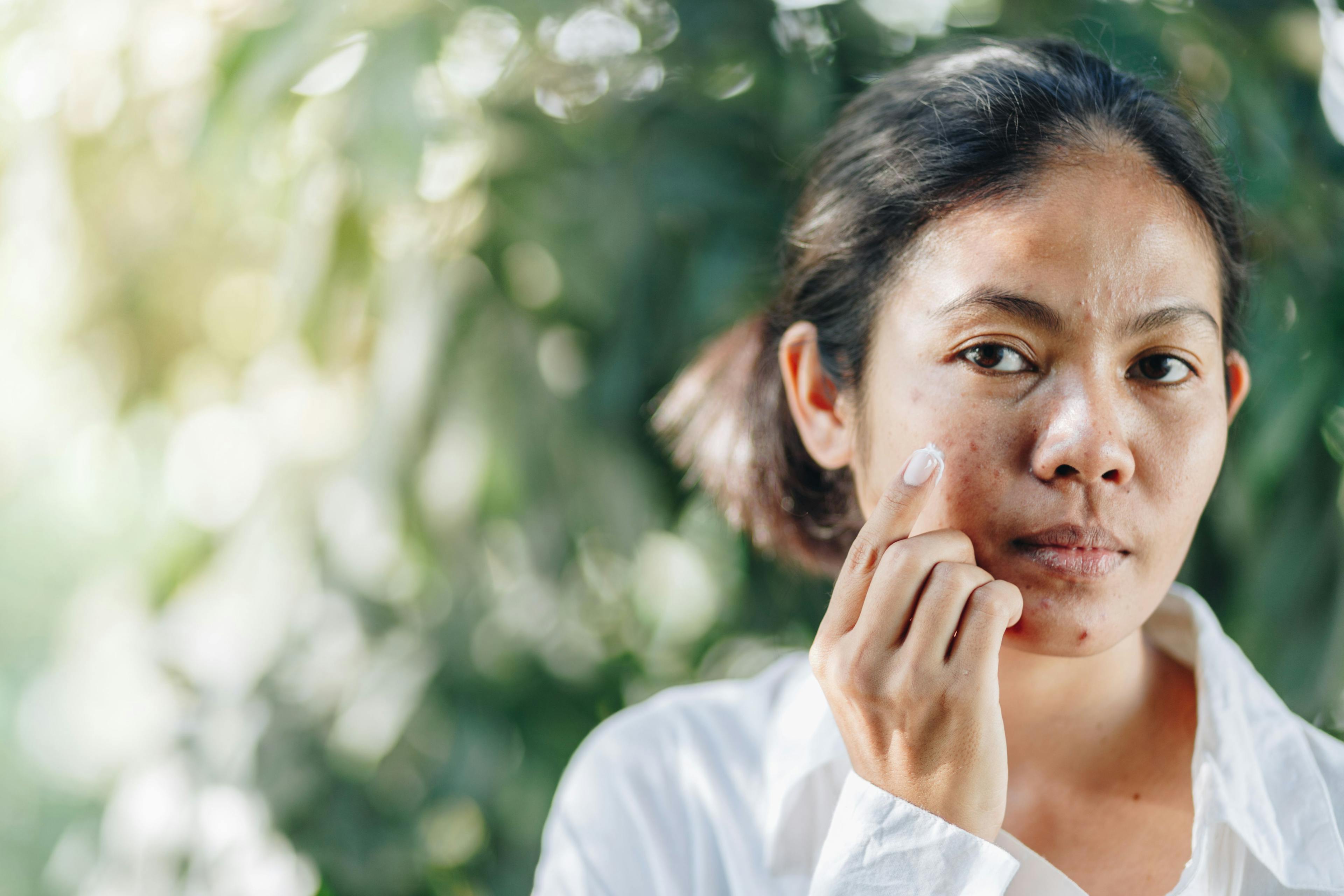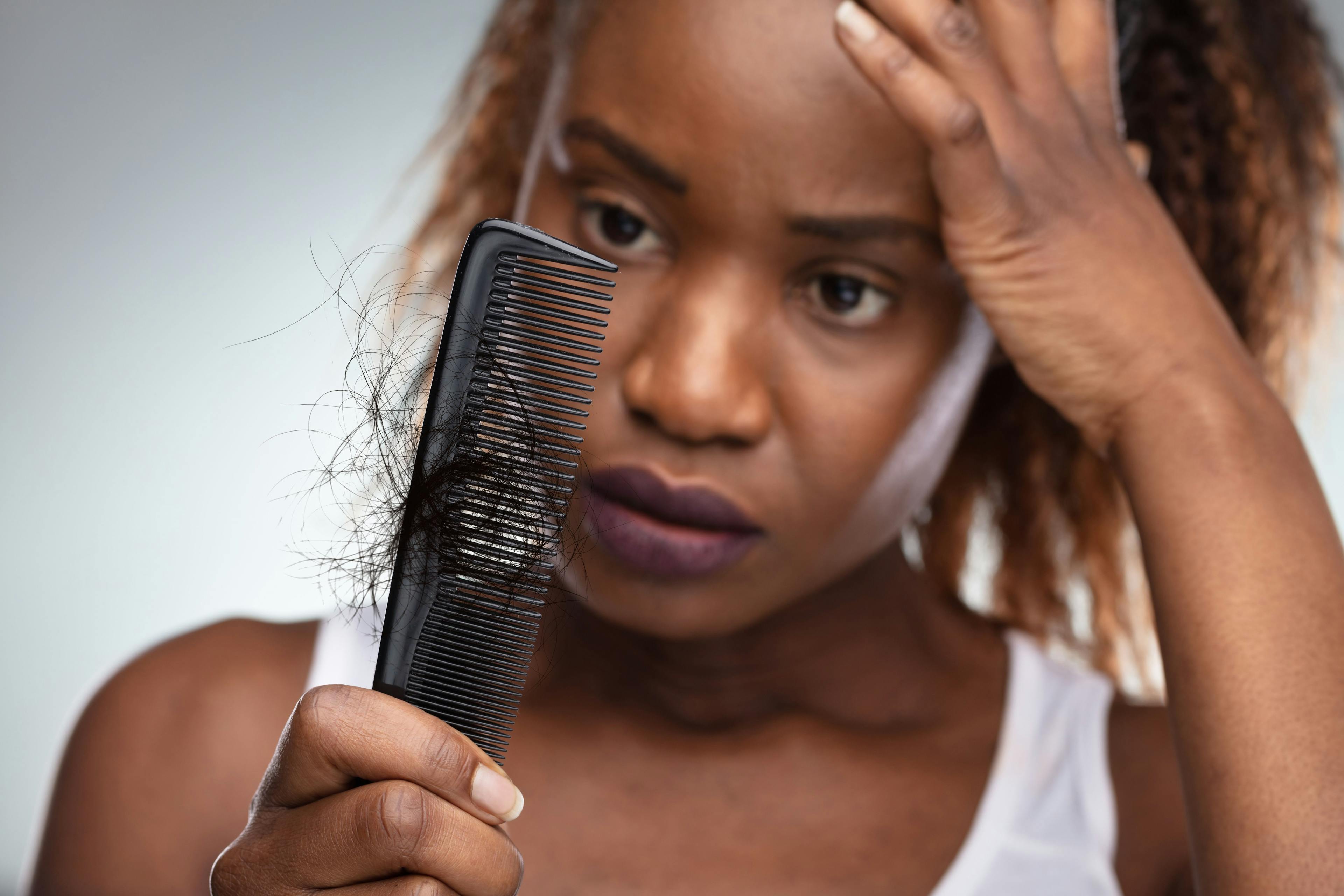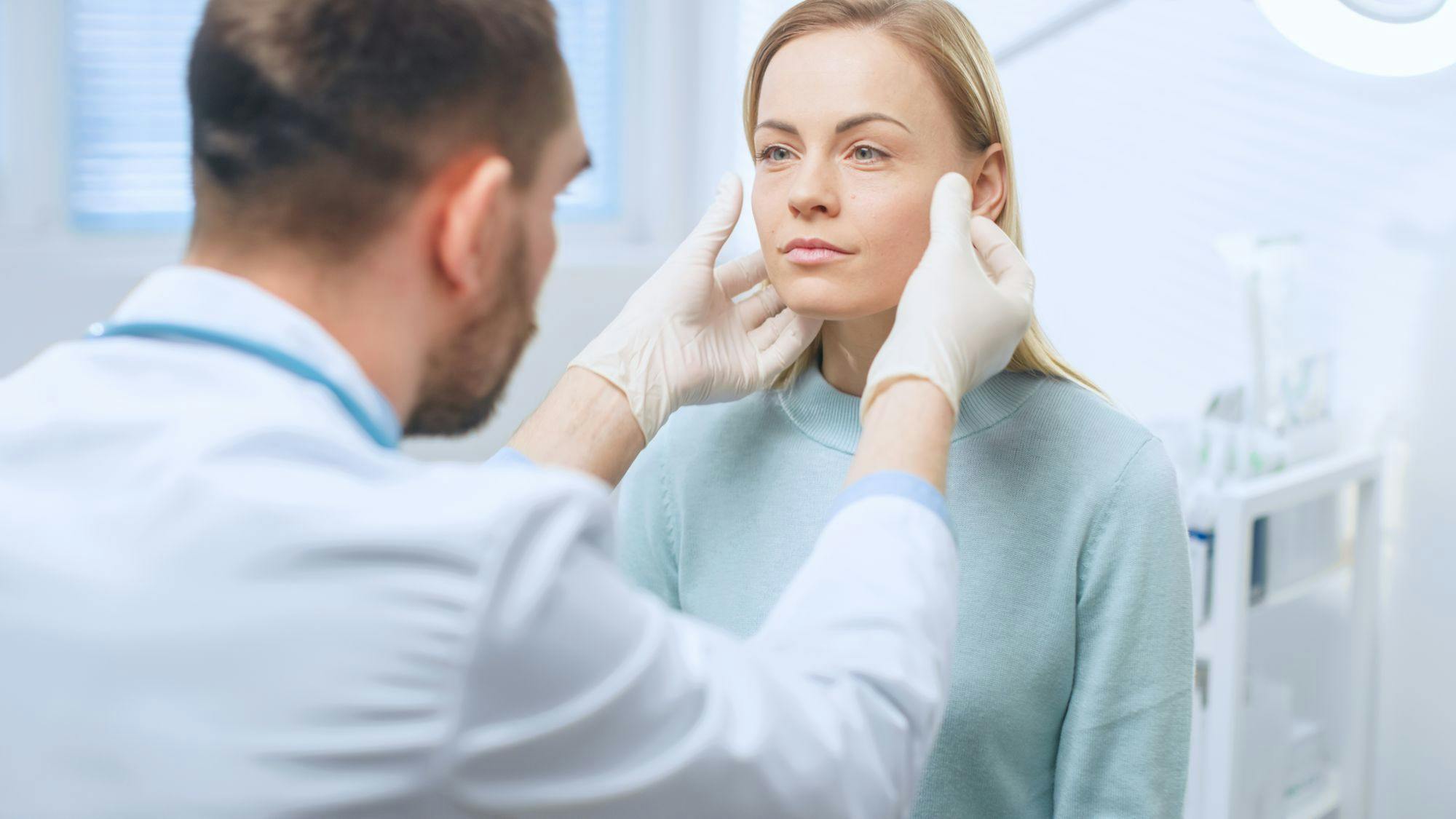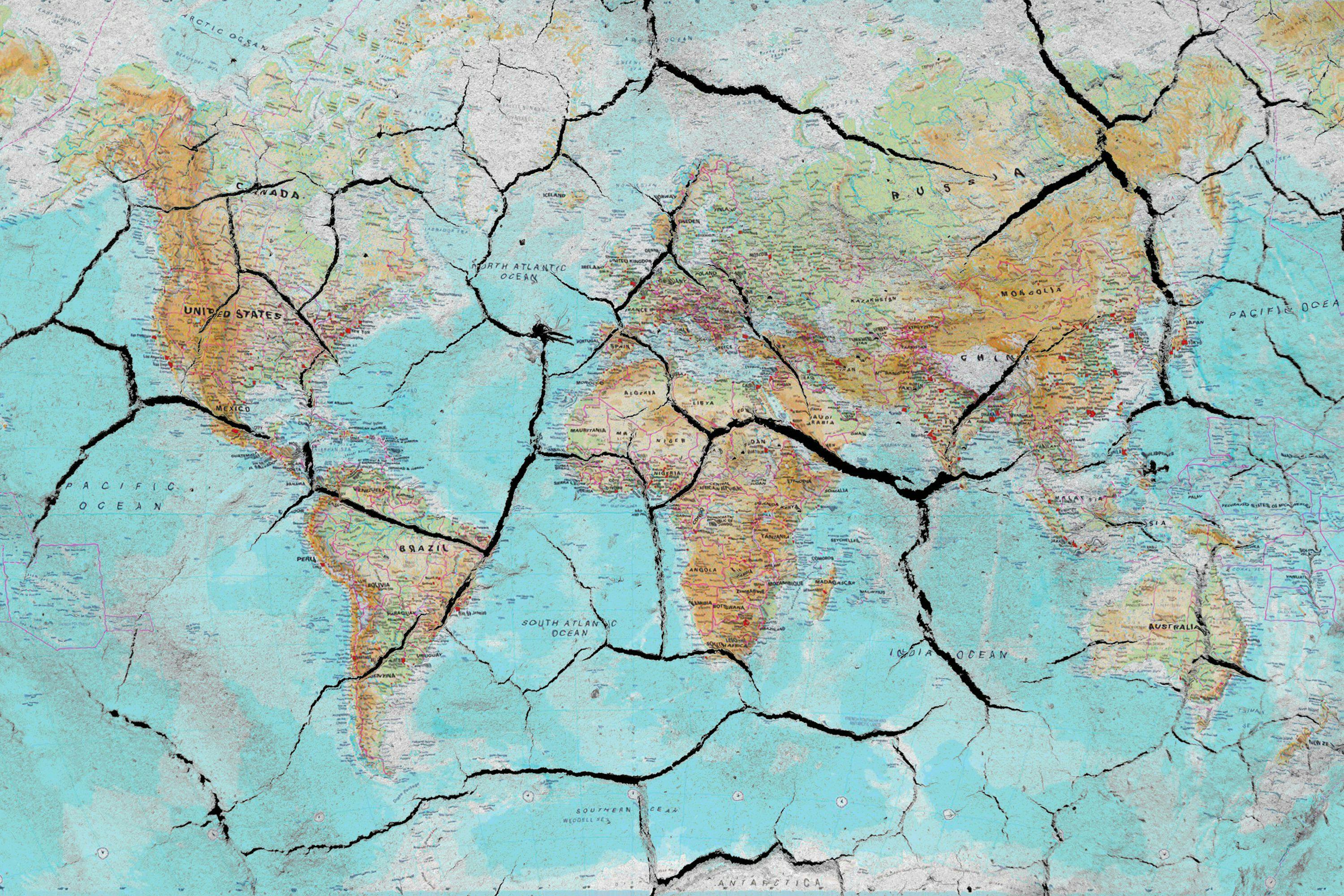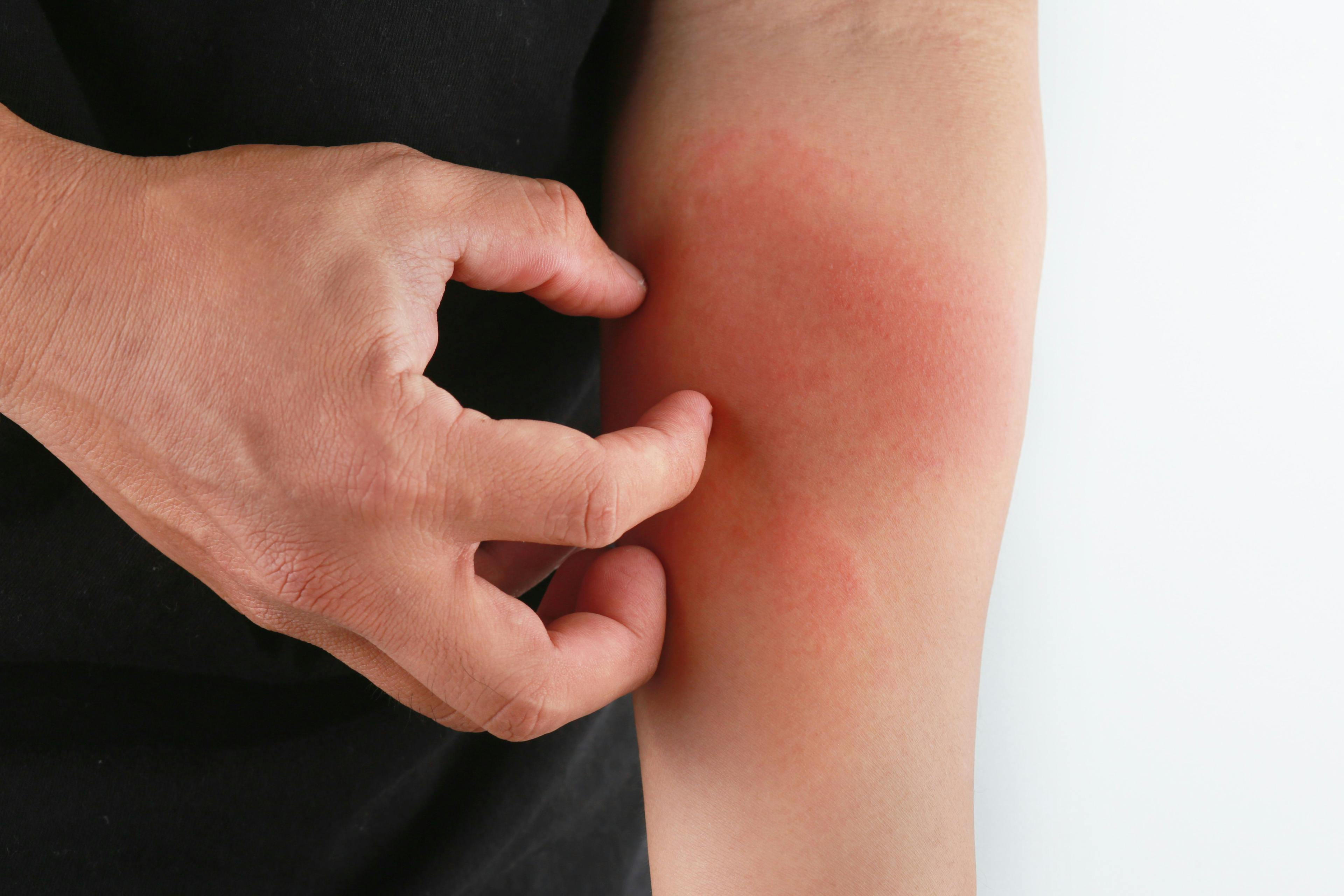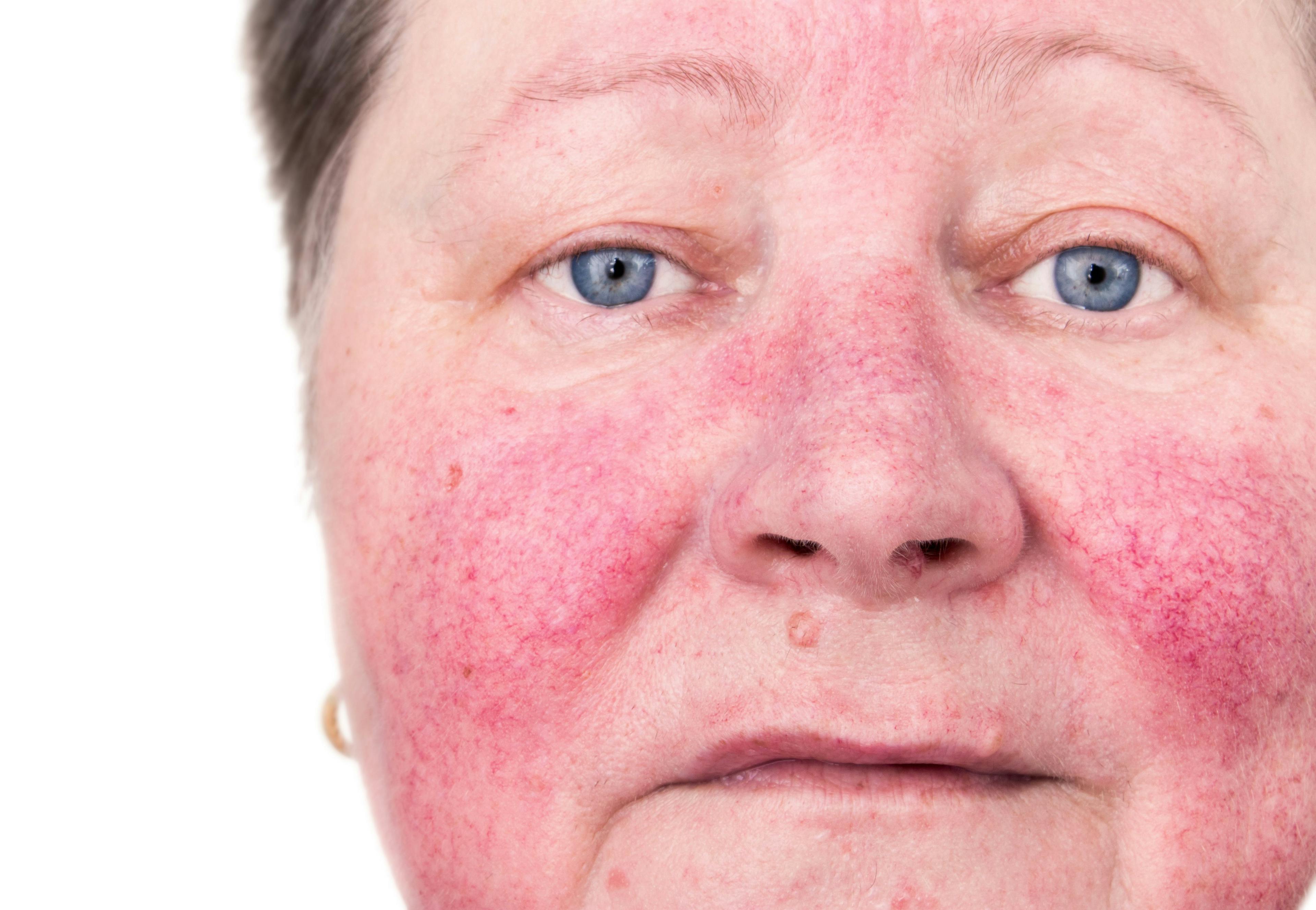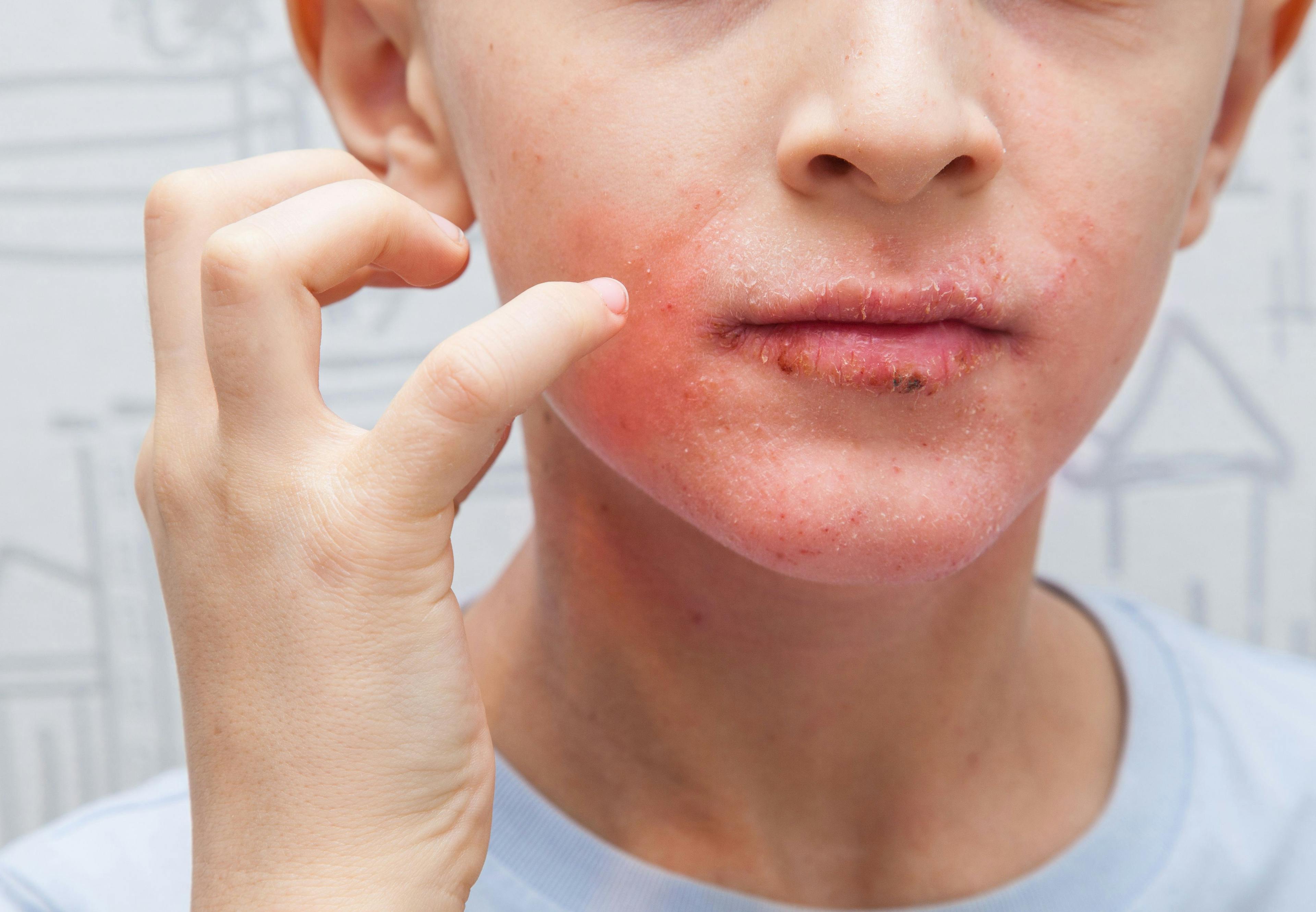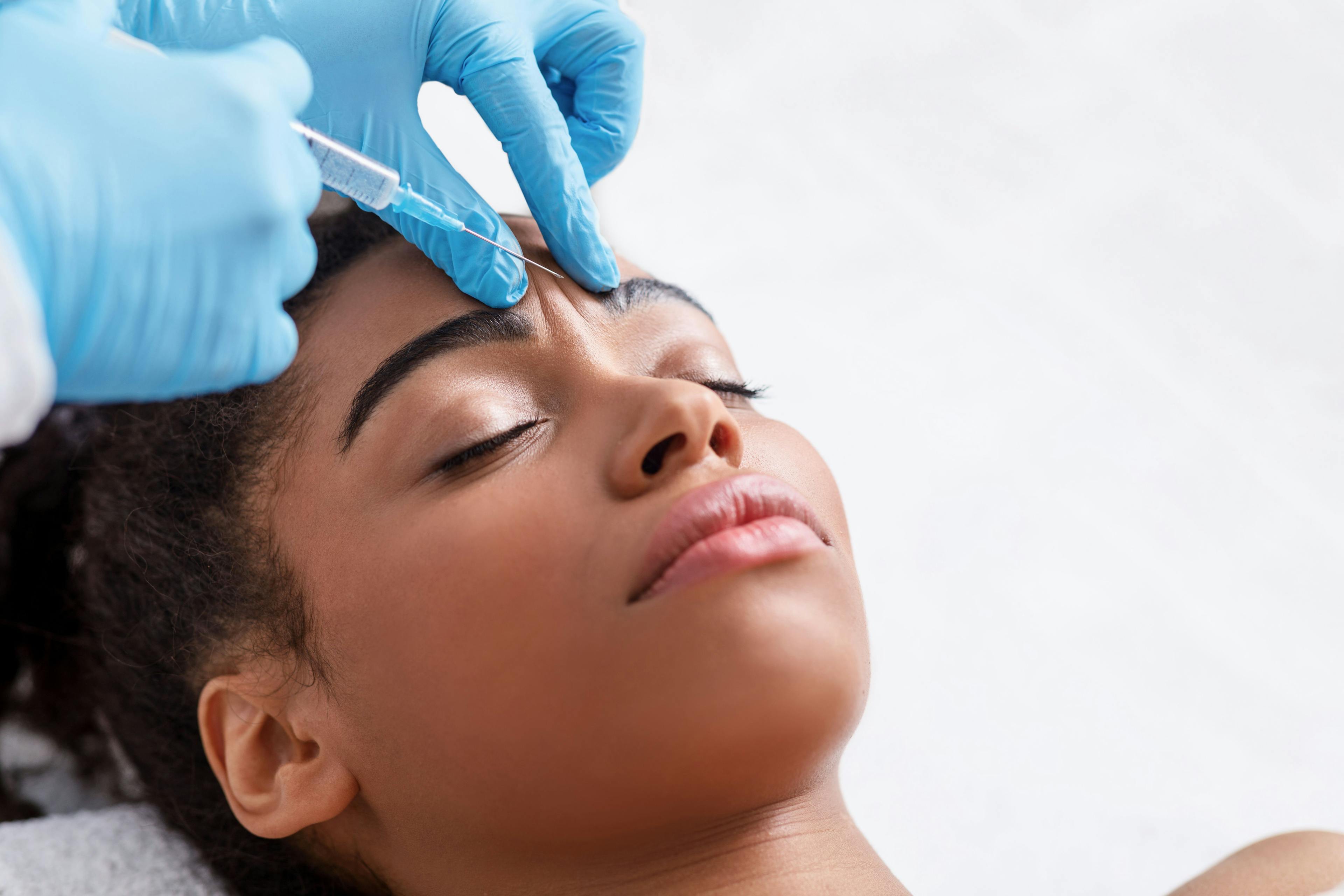- Acne
- Actinic Keratosis
- Aesthetics
- Alopecia
- Atopic Dermatitis
- Buy-and-Bill
- COVID-19
- Case-Based Roundtable
- Chronic Hand Eczema
- Chronic Spontaneous Urticaria
- Drug Watch
- Eczema
- General Dermatology
- Hidradenitis Suppurativa
- Melasma
- NP and PA
- Pediatric Dermatology
- Pigmentary Disorders
- Practice Management
- Precision Medicine and Biologics
- Prurigo Nodularis
- Psoriasis
- Psoriatic Arthritis
- Rare Disease
- Rosacea
- Skin Cancer
- Vitiligo
- Wound Care
Publication
Article
Dermatology Times
Cosmetic Procedure Complications and How to Fix Them
Author(s):
Anne M Chapas, MD, FAAD, discusses what to do when cosmetic procedures go wrong during a presentation at the AAD 2022 annual meeting.
Cosmetic procedures continue to grow in popularity in the United States and across the globe.1 However, these procedures, even those that are minimally invasive, are not without their risks. As a result, as the number of procedures has increased, so have the complications associated with them.
Given the sometimes emotionally debilitating nature of these complications, there is an urgent need for dermatologists to be highly aware of the potential complications associated with aesthetic procedures and how to manage them.
Unfortunately, an increasing number of complications are caused by procedures performed by non-physicians in spas, salons, and other non-medical centers. As such, dermatologists also need to build out their knowledge base regarding how to correct or at least address the results of aesthetic treatments done outside of clinics that had undesirable or damaging outcomes.2
During a presentation at the American Academy of Dermatology (AAD) 2022 Annual Meeting held March 25 to 29, in Boston, Massachusetts, Anne M. Chapas, MD, FAAD, clinical instructor in dermatology at Mount Sinai and medical director at UnionDerm, both in New York, New York, discussed the top 10 cosmetic procedure complications and actionable solutions for preventing and managing these adverse events.3
Complications of Cosmetic Procedures: What Are They, and What are Their Effects?
Some of the most common complications of cosmetic procedures include bruising, changes in skin pigmentation, burns, infection, scars, swelling, and “frozen” facial expressions, Chapas told Dermatology Times®.
Other complications could also include seroma formation and nerve damage causing sensory loss. “Additionally, severe cases may involve the breakdown of the skin or even disfigurement,” Chapas added.
Complications may therefore significantly impair patients’ emotional and physical wellbeing as well as quality of life. However, Chapas suggested there is hope when these adverse outcomes are managed promptly after onset. “Many of these complications, when treated early and appropriately, can avoid long-term damage and disfigurement,” she said.
Addressing the Problem: Why Knowledge (and Expertise) Is Key
Panelists also cited a need for practicing clinicians to also understand how to apply practical steps to prevent and manage any adverse effects associated with these procedures.
Session presenter Jennifer L. Chwalek, MD, FAAD, a clinical instructor in dermatology at Mount Sinai, and board-certified dermatologist at UnionDerm, told Dermatology Times® that the treatments and corrective measures for the most common cosmetic procedure complications depend largely on the presenting problem.
However, the person performing a cosmetic procedure should first possess basic knowledge on skin anatomy and the potential individual response to treatment to ensure optimal outcomes for patients, Chwalek stated. “To perform effective cosmetic procedures, you need to understand the biology of the skin, and what is occurring to the structure and function of the skin when cosmetic treatments are performed,” she said.
Despite the importance of medical expertise when administering cosmetic procedures, Chapas stated that recent research indicates dermatologists are seeing an increasing number of patients in recent years who are coming into their offices with complications from procedures performed by unqualified providers.
A recent study that examined public legal documents regarding cutaneous laser surgery litigation found that unsupervised non-physician operators comprise nearly three-quarters of laser surgery lawsuits.4
From the years 2012 to 2020, only 9% and 3% of liability claims due to a cutaneous laser surgery device involved a plastic surgeon operator and a dermatologist operator, respectively. The most litigated procedure was laser hair removal (64%), followed by laser skin rejuvenation (30%).4
But many unlicensed or non-clinicians do not have a thorough understanding of the skin or even the possible risks associated with any given treatment, Chwalek suggested, which may be a source of many of the problems associated with various aesthetic treatments. “Based on the depth of this understanding,” she explained, “dermatologists are in the best position to implement a treatment plan to reverse or minimize complications when they arise.”
Complications can still occur regardless of the setting, however, emphasizing the need for dermatologists to understand how to approach the management of these issues. Chwalek noted that a “board-certified dermatologist can treat these complications, so patients who experience any issues after a cosmetic treatment should see a dermatologist as soon as possible.”
Steps in Management and Prevention
Chapas indicated that the first step in managing complications from cosmetic procedures is adequate prevention, which is contingent on patients receiving treatments from a practicing physician. “To avoid experiencing these complications in the first place, patients should seek cosmetic treatment from a qualified doctor like a board-certified dermatologist,” she explained, suggesting there is a need to encourage the public to avoid non-physician-administered cosmetic treatments at spas or similar centers.
To mitigate the risks associated with common cosmetic interventions, Chwalek and Chapas along with Robyn Squeo Gmyrek, MD, FAAD, a clinical instructor of dermatology at Mount Sinai in New York, New York, and cosmetic dermatologist at UnionDerm said that it is important to select patients and procedures carefully by performing a detailed clinical history and examination. Individualizing care is key to ensure optimal outcomes, both in terms of efficacy as well as safety, and as such dermatologists should be diligent in balancing patients’ preferences and goals with the use of safe and effective evidence-based treatments.
“I think the goal of this talk was to empower the dermatologist to help patients who present with complications of a cosmetic procedure,” Chapas added. “These patients are often embarrassed, angry, and scared and are looking to the dermatologist to help to restore their normal skin appearance. With the tips we provide in this talk, we hope that more dermatologists will feel confident in helping these patients.”
Disclosures:
Chapas is an advisory board member, speaker, and/or has received grants/research funding from Galderma, Cutera, InMode MD, Lumenis, lutronic, Noble Panacea; Solta Medical, and Syneron Candela. Chwalek and Gmyrek report no relevant conflicts of interests.
References:
- IAPAM’s 2022 predictions for aesthetic medicine. International Association of Physicians in Aesthetic Medicine (IAPAM). Accessed March 24, 2022. https://iapam.com/2022-predictions-for-aesthetic-medicine
- Rossi AM, Wilson B, Hibler BP, Drake LA. Nonphysician Practice of Cosmetic Dermatology: A Patient and Physician Perspective of Outcomes and Adverse Events. Dermatol Surg. 2019;45(4):588-597. doi:10.1097/DSS.0000000000001829
- Chapas AM, Chwalek JL, Squeo Gmyrek R. Top 10 cosmetic procedure complications and how to fix them. Presented at: American Academy of Dermatologists 2022 Annual Meeting; March 25-29, 2022; Boston, MA.
- Khalifian S, Vazirnia A, Mohan GC, et al. Causes of injury and litigation in cutaneous laser surgery: An update from 2012 to 2020. Dermatol Surg. 2022;48(3):315-319. doi:10.1097/DSS.0000000000003375
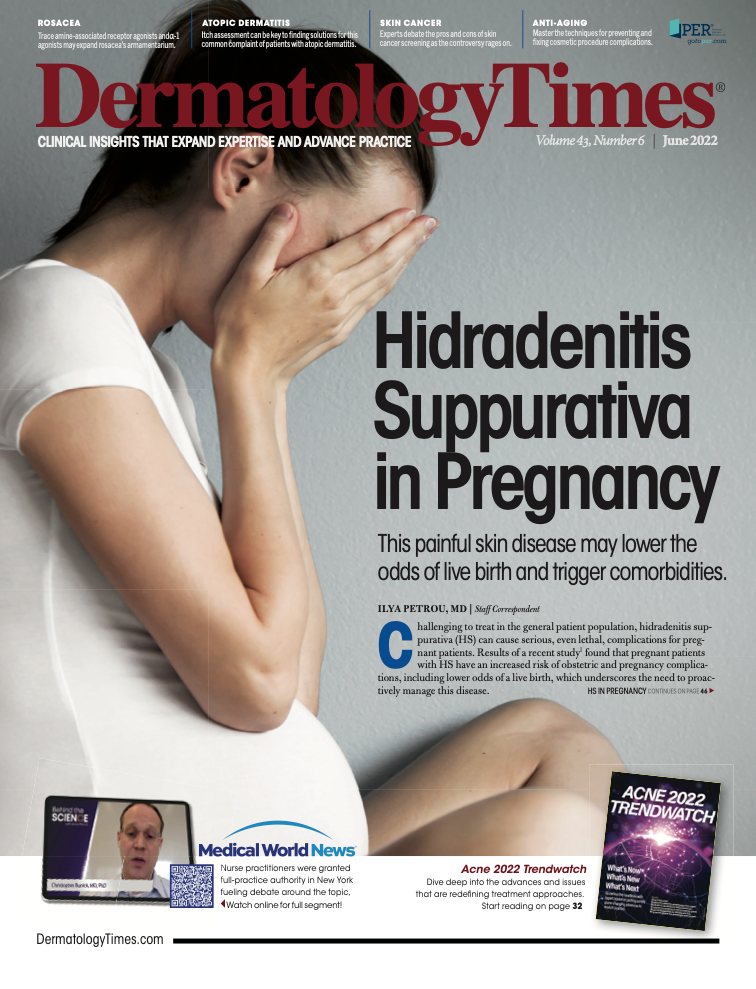
Newsletter
Like what you’re reading? Subscribe to Dermatology Times for weekly updates on therapies, innovations, and real-world practice tips.



